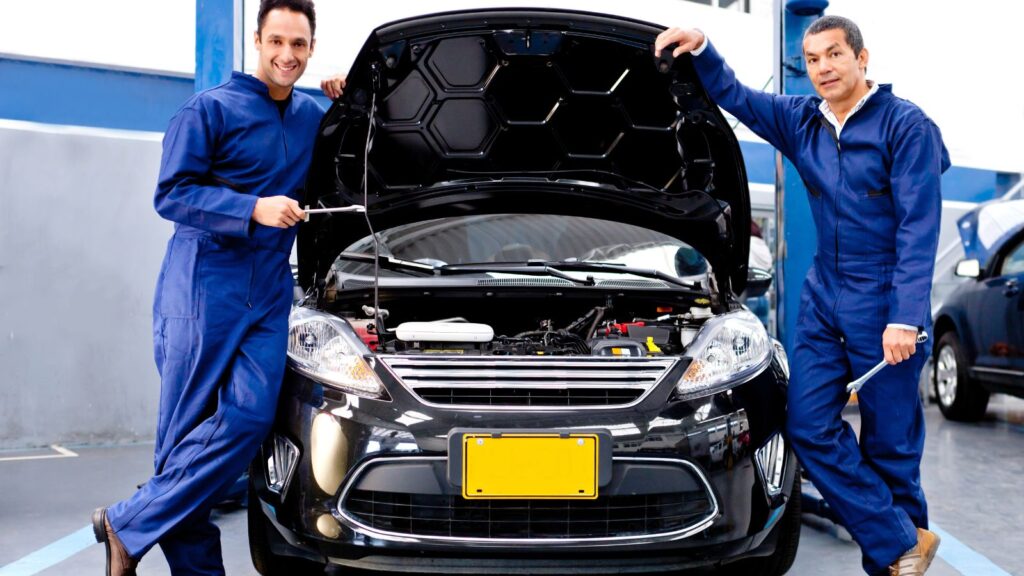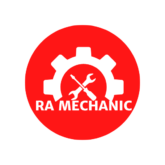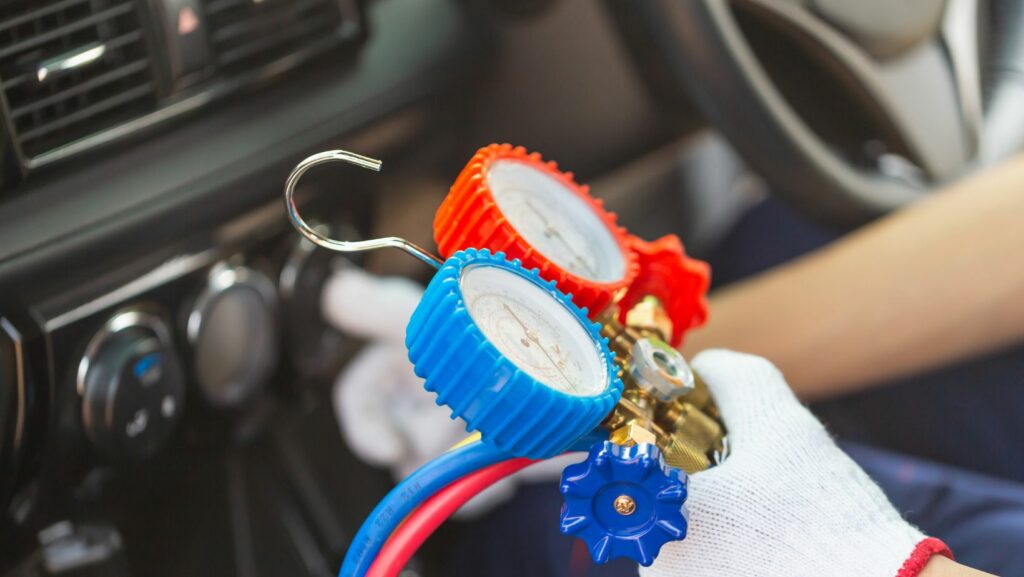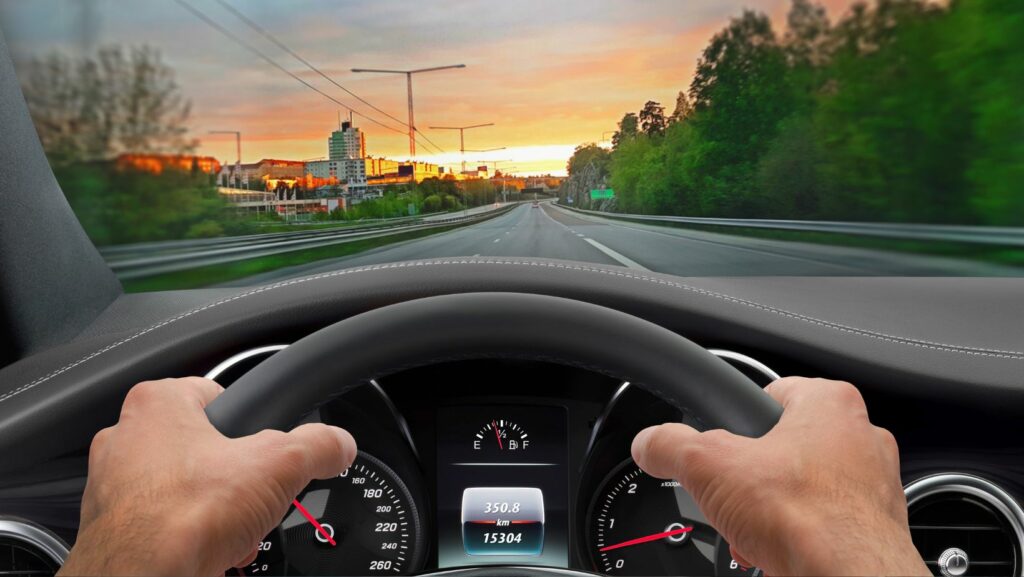
It’s a common assumption: new means better. But when it comes to certain car parts, that simply isn’t true. In fact, used parts can sometimes outperform their fresh-from-the-box counterparts—especially in areas where reliability, durability, and real-world performance matter most.
Let’s explore which components are known to shine after some mileage and why experienced mechanics and enthusiasts are actively seeking them out.
The Power of Break-In
Many automotive parts require a break-in period. Clutches, brake pads, and suspension components often need time to settle, adapt, and wear into optimal form. New parts might technically be perfect, but their peak performance may not emerge until after hundreds of kilometers.
That’s why used components—those with just enough use to pass that initial bedding-in phase—can be preferable. A slightly worn clutch plate may grip more smoothly. A used shock absorber may deliver a more comfortable ride.
OEM Quality, Proven in Practice
There’s also the matter of build quality. Not all new parts are equal. Aftermarket versions can vary in fit, material, and long-term reliability. In contrast, many used parts are genuine OEM components that have already proven their durability.
A good example is power steering pumps. New, off-brand replacements can be hit or miss. But a working, original part sourced from a dismantled vehicle is often a safer bet.
The Case for Refurbished Electronics
Used doesn’t always mean untouched. Electronics—especially ECUs, alternators, and infotainment systems—are commonly refurbished. These parts are tested, repaired if needed, and verified before resale.
In many cases, a refurbished unit is more reliable than a brand-new one from a third-party manufacturer. Why? Because it’s already endured real driving conditions, and any weak points have been addressed.
Materials That Age Well
Some parts benefit from age. Leather seats, steering wheels, and interior panels soften and gain character over time. New replacements might look pristine but feel stiff or artificial. Used interiors, on the other hand, often blend better with the rest of the cabin.
Likewise, metal components like exhaust manifolds and brackets can stabilize after repeated heat cycles, making them less prone to warping or cracking compared to their brand-new equivalents.
Know What to Look For
Of course, not every used part is a smart buy. Safety-critical items like airbags or worn brake discs should always be approached with caution. But there’s a long list of components where “used” doesn’t mean compromised—it means proven.
When sourcing such parts, trusted platforms are essential. Thousands of items, from climate control modules to suspension arms, are listed daily on Ovoko, giving buyers access to components that have already passed the real-world test.
Final Word: Experience Matters
Used parts offer more than just savings—they offer insights. Each component carries a history, a track record, and proof of function that new parts simply don’t have. For many drivers and mechanics, that’s the edge they’re looking for.
So next time you’re told that new is always better, remember: in the world of car repairs, mileage can sometimes be a feature—not a flaw.




